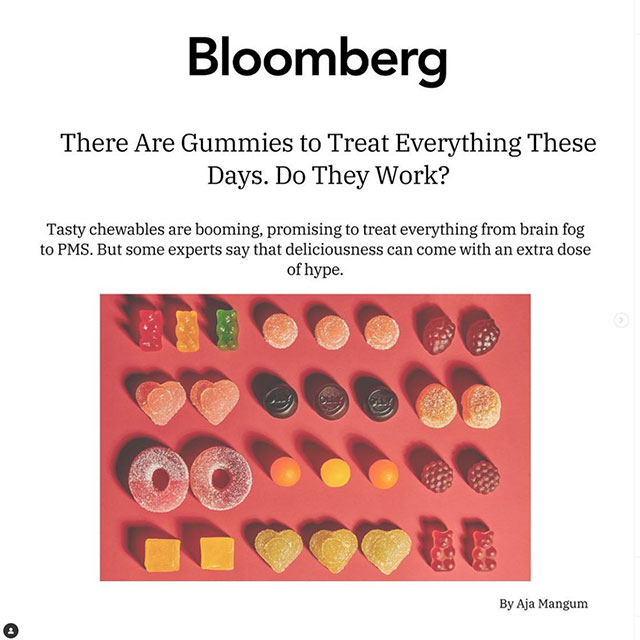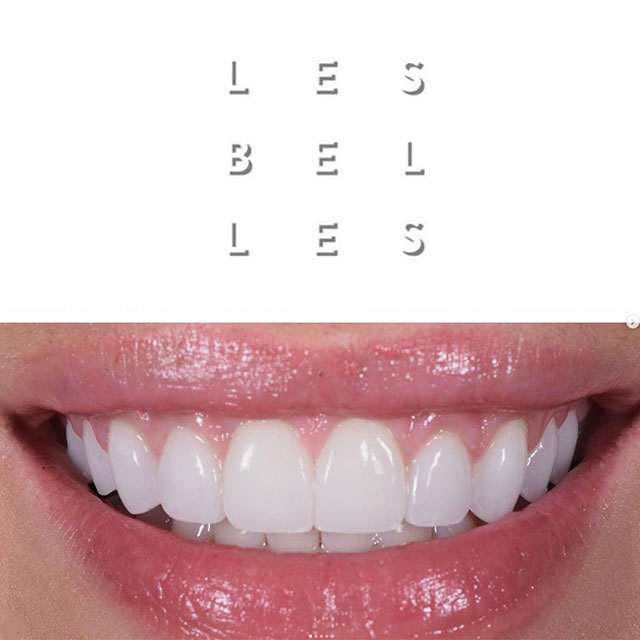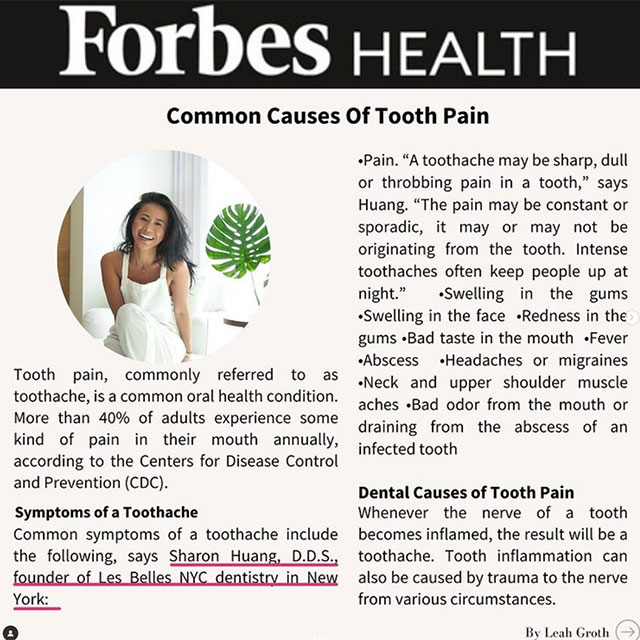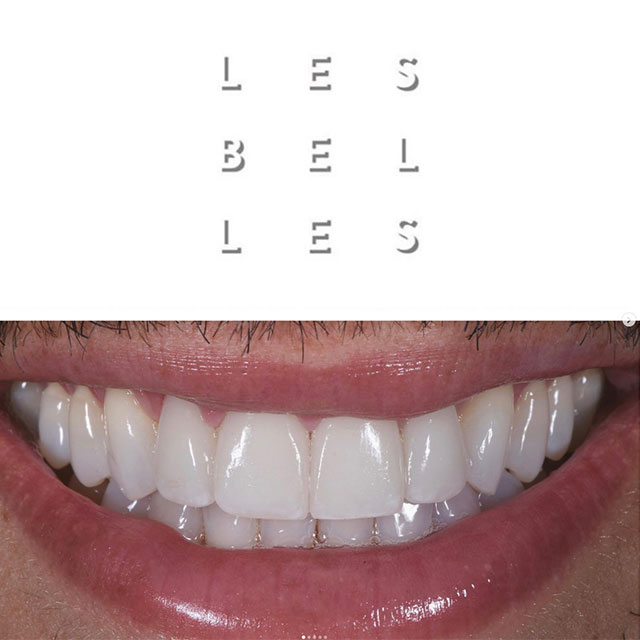When a Regular Teeth Cleaning Isn’t Enough
When the gums are healthy, you’re eligible for a regular teeth cleaning, also known as prophylaxis or prophy. A prophy is cleaning above the gumline removing hardened plaque and stains that have accumulated over the past 6 months between visits. But when your gums are not healthy, there’s a lot more going on than just tooth stains.
When harmful bacteria overpopulate, the microbiome of the mouth shifts to become pathogenic. This is the beginning of gum disease. There is a new population of bacteria, and these bugs are aggressive and toxic to the teeth, gum, bones, and whole body. The pathogenic bacteria cause infection that destroys the bones that support the teeth, and this infection causes an inflammatory response. It travels through the bloodstream affecting other organs and increasing risk for diseases like heart attack, stroke, certain cancers, even Alzheimer’s. A prophy only cleans above the gumline. It does not clean under the gums where pathogenic bacteria populates, and it does not shift the microbiome to disinfect the mouth. When you have gum disease, you need a periodontal protocol that begins with a deep cleaning a.k.a. Scaling and root planing.
To address gum disease, you need total mouth disinfection
- Scaling and root planing: cleaning above and below the gumline, removing all plaque deposits and manually disrupting the bad bacteria. Antibiotics may be prescribed as well as probiotics in more advanced cases.
- Laser bacterial disinfection to kill pathogenic bacteria that were not removed with hand instrumentation. Antibiotic gel will be placed in sites where the gums have pulled away from the teeth to encourage healing and reattachment.
- Home care to continue to suppress the bad bacteria to keep it from coming back. This includes a power toothbrush, antimicrobial rinse, Waterpik, and manual flossing. We have to keep disrupting the bacteria on a daily basis so they don’t come back.
- More frequent cleanings to manually disinfect the source of bacteria, and irrigating the gums with antiseptics.
With diligent efforts between frequent visits to the hygienist and the patient’s oral hygiene routine at home, we can shift the microbiome to be bacteria and inflammation free, improving both oral and overall health.




